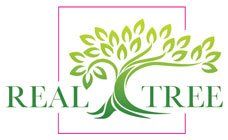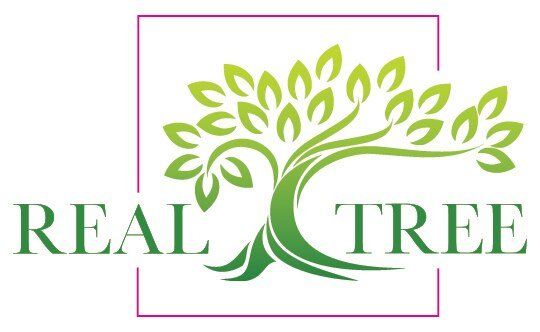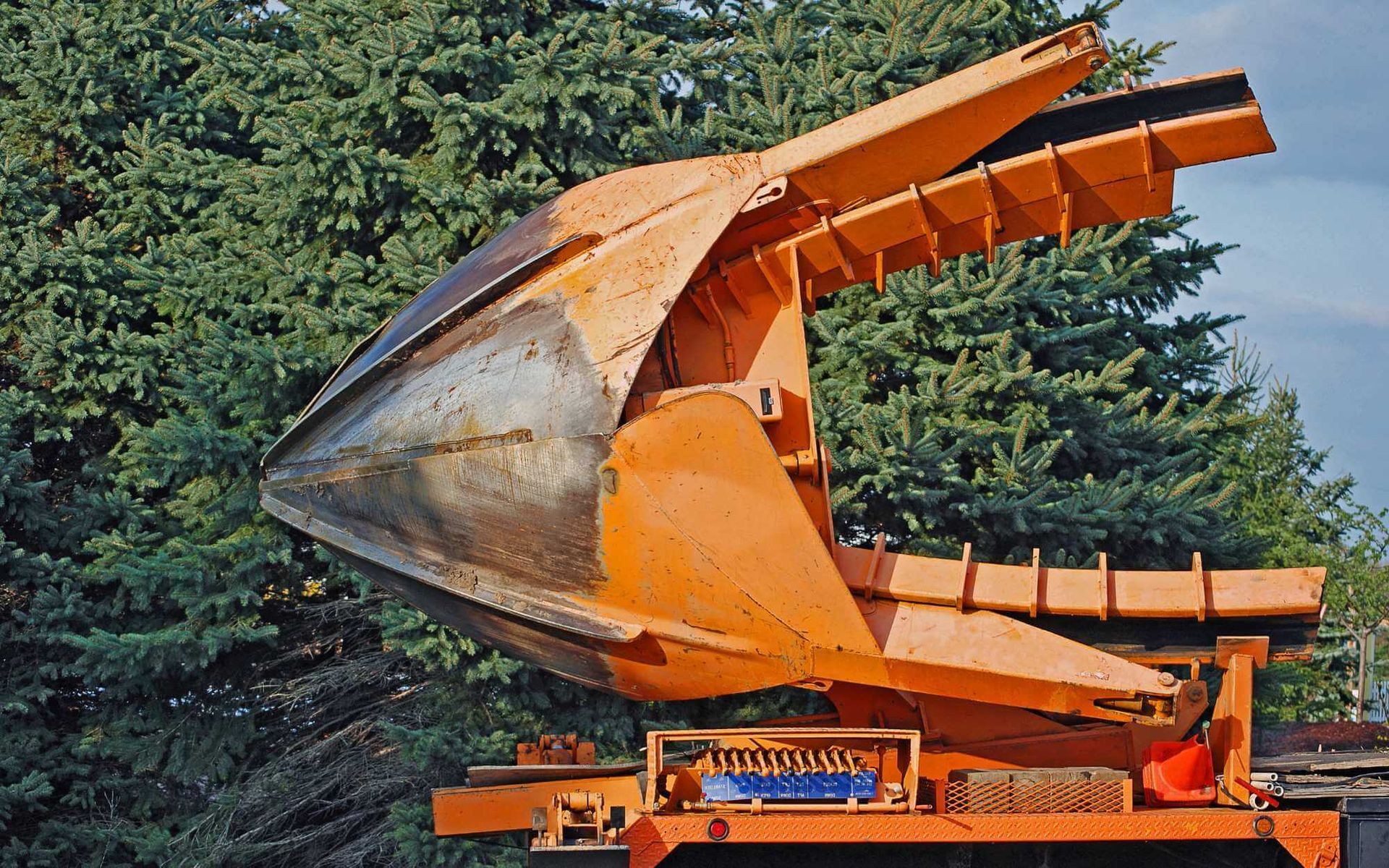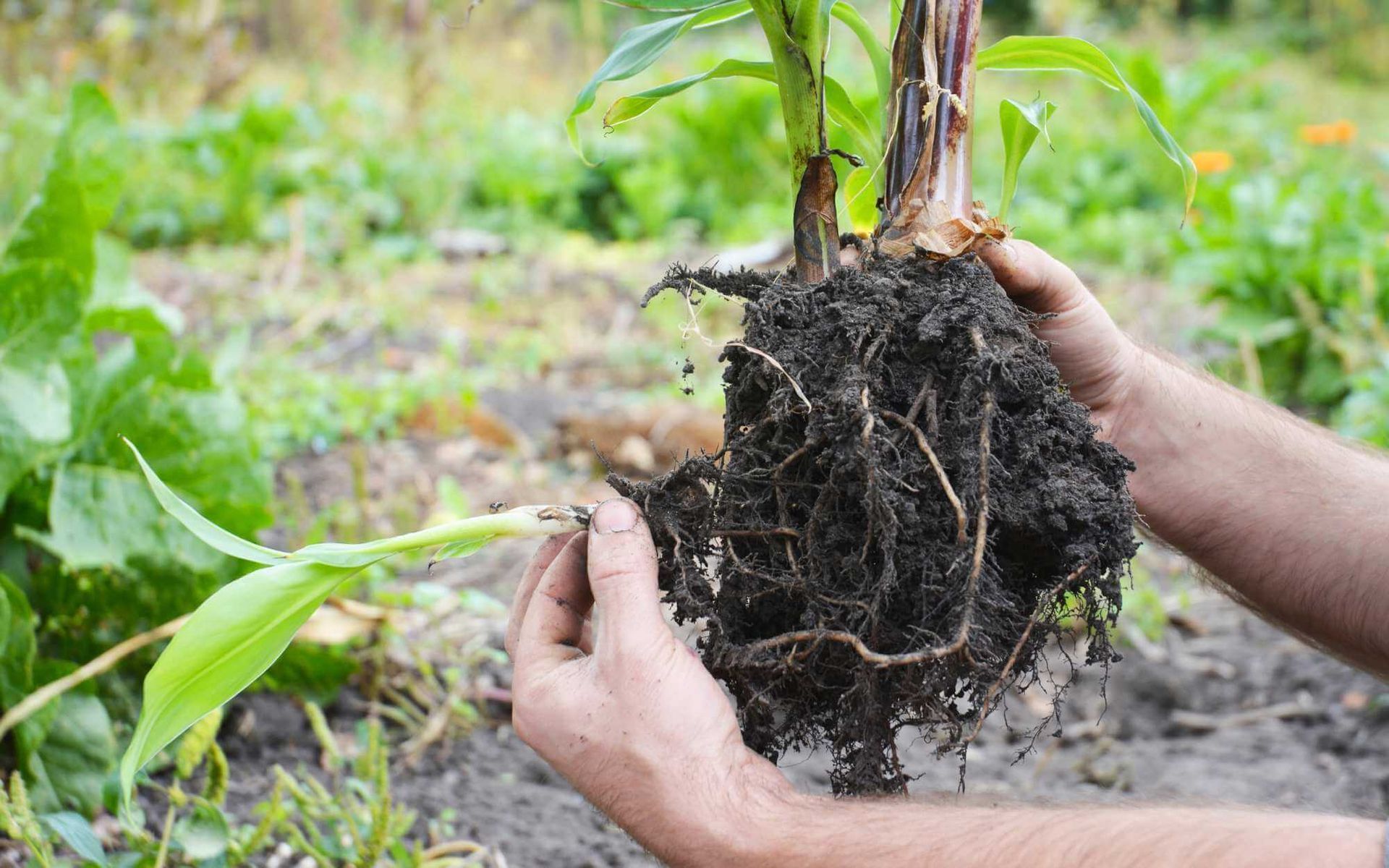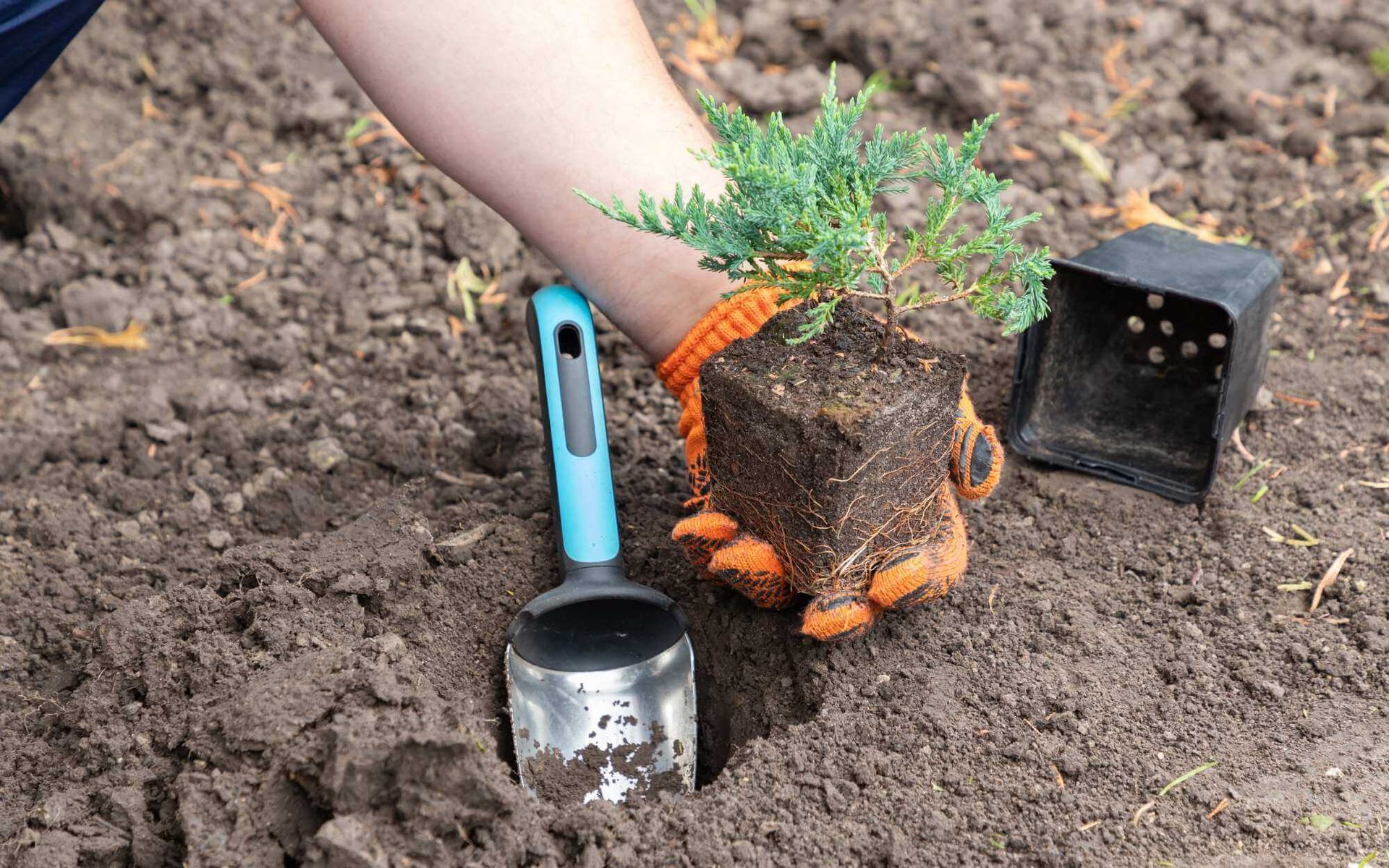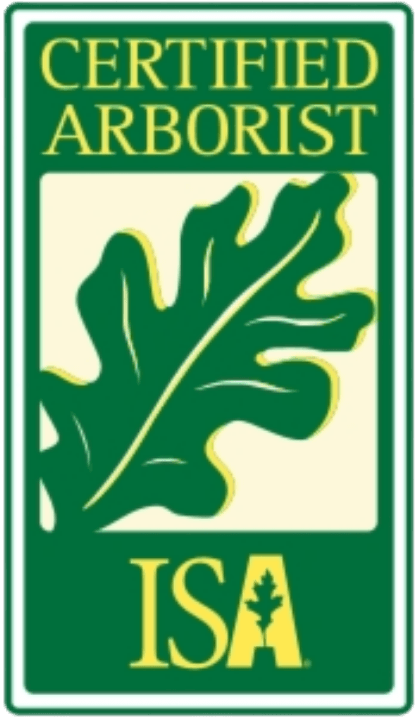Tree Risk Assessment vs Regular Arborist Maintenance
PUBLISHED ON
SHARE THIS ARTICLE
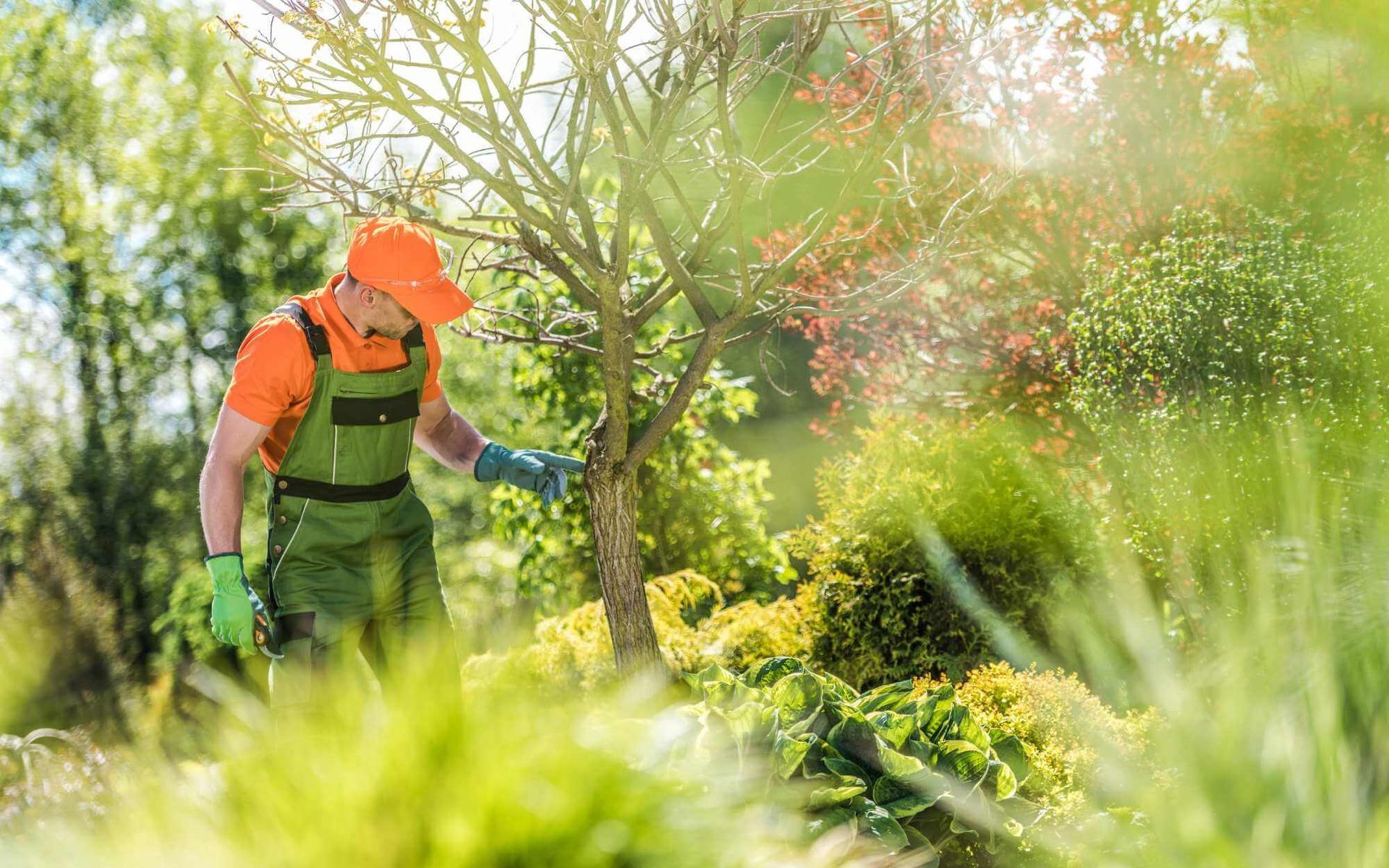
When it comes to tree care, a critical aspect often overlooked is the delicate balance between regular maintenance and risk assessment. Understanding this balance not only ensures the longevity and aesthetic of your trees but also safeguards your property and surrounding environment.
Regular arborist maintenance, encompassing pruning, fertilizing, and disease control, plays an essential role in maintaining tree health. Conversely, tree risk assessment, an expert evaluation of potential hazards, helps mitigate risks posed by unstable or diseased trees.
In this blog, we'll delve into the importance of both these aspects to help you grasp the best tactics to keep your trees flourishing while minimizing potential risks.
Tree Risk Assessment

Tree risk assessment is a specialized process carried out by certified arborists to identify potential hazards presented by trees. The process involves an evaluation of a tree's health, structural integrity, and environmental factors that may impact its stability.
The purpose of a tree risk assessment is to mitigate the potential risks posed by trees to people and property, especially in urban and suburban landscapes.
Benefits of risk management include ensuring public safety, prolonging the lifespan of the tree, and preserving the aesthetic value of the landscape. It also provides a proactive approach to environmental management, preventing potential damage before it occurs.
Regular Maintenance
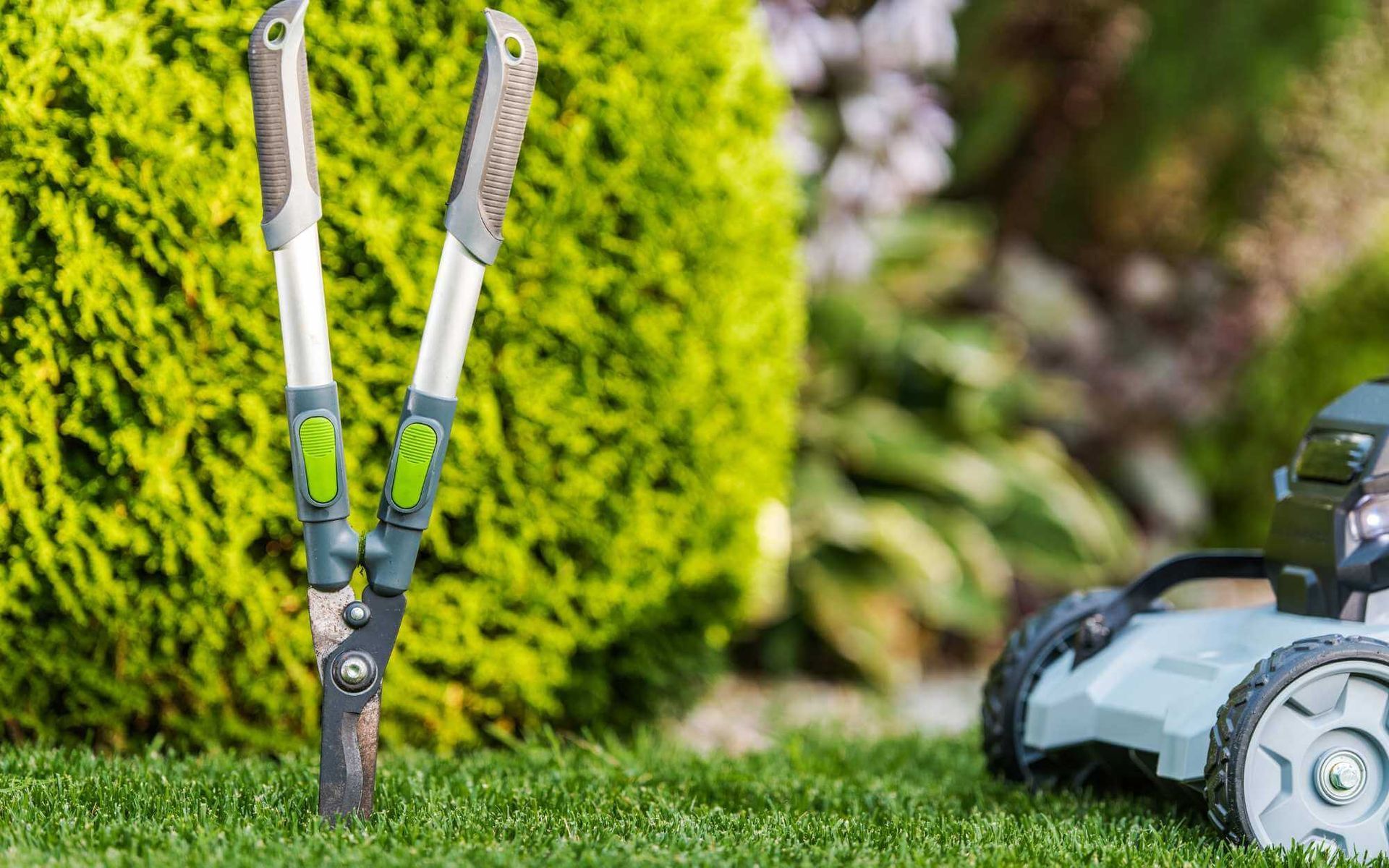
Regular maintenance involves a series of routine practices carried out by arborists to uphold a tree's health and vitality.
These include pruning, which keeps trees in shape and removes dead or diseased branches, and fertilizing, which replenishes essential nutrients in the soil. Pest and disease control is another crucial aspect of maintenance, preventing any damaging infestations or infections.
Regular maintenance is significant as it not only enhances the tree's appearance and lifespan but also preserves its surrounding environment.
Adopting these techniques allows trees to thrive, maintaining the ecological balance, and creating a visually pleasing landscape.
Tree Risk Assessment vs Regular Maintenance
Tree risk assessment and regular maintenance are both integral parts of holistic tree care with their unique roles. They share a common goal: to ensure the health, safety, and aesthetic value of trees.
Both practices require professional knowledge, employing certified arborists to diagnose problems and prescribe solutions. They are both proactive approaches, identifying and handling issues before they escalate.
However, they differ in their focus.
Regular tree maintenance is preventative and aimed at promoting tree health and vigor through regular pruning, fertilizing, and pest control.
On the other hand, risk assessment is protective, and primarily focused on identifying potential hazards that can harm people or property.
Regular maintenance is an ongoing commitment, whereas risk assessment is typically performed when a potential problem is suspected or after a significant event, like a storm.
Understanding the appropriate time to use each approach is critical for effective tree care.
Best Practices for Tree Care
Here are a few best practices for tree care:
- Schedule regular inspections with a certified arborist for thorough tree health assessment.
- Carry out a tree risk assessment especially post-storm or when a potential issue is noted.
- Regularly prune trees to remove diseased or dead branches, enhancing their health and overall appearance.
- Invest in a consistent feeding program, fertilizing your trees to replenish soil nutrients and boost their growth.
- Employ pest and disease control measures proactively to prevent damaging infestations or infections.
- Monitor tree growth and adjust maintenance activities accordingly to promote healthy development.
- Consider the local climate and environment when planning maintenance and risk assessment schedules.
So, which approach is right for your trees?
While both tree risk assessment and regular maintenance are crucial for tree health, there is no one-size-fits-all answer. The ideal approach depends on factors such as the age, location, species, and condition of your trees.
For mature trees in a high-risk area, a combination of regular maintenance and tree risk assessment would be the most effective tactic. On the other hand, young trees in a low-risk area may only require regular maintenance.
It's crucial to consult tree service pros to assess tree care needs and recommend the best course of action.
Final Thoughts
Maintaining trees isn't just about aesthetics, but also safety and sustainability. Tree risk assessment helps identify potential hazards while regular maintenance enhances tree health and vitality. Both practices work together to ensure the overall health and well-being of your trees and the surrounding environment.
To learn more about
tree risk assessment and regular maintenance, contact us now to schedule a consultation with our certified arborists. Remember, proactive tree care is the key to long-lasting and healthy trees. So don't wait until it's too late – take action now!
Want a free quote or some friendly advice? Call our team today:
